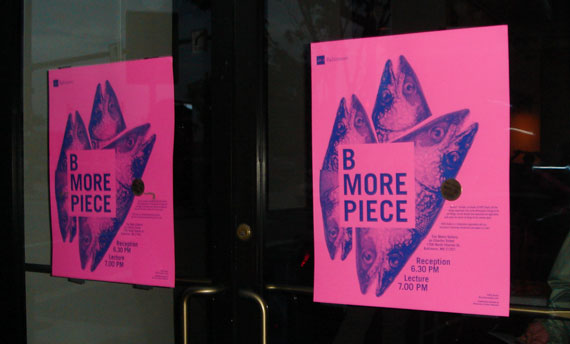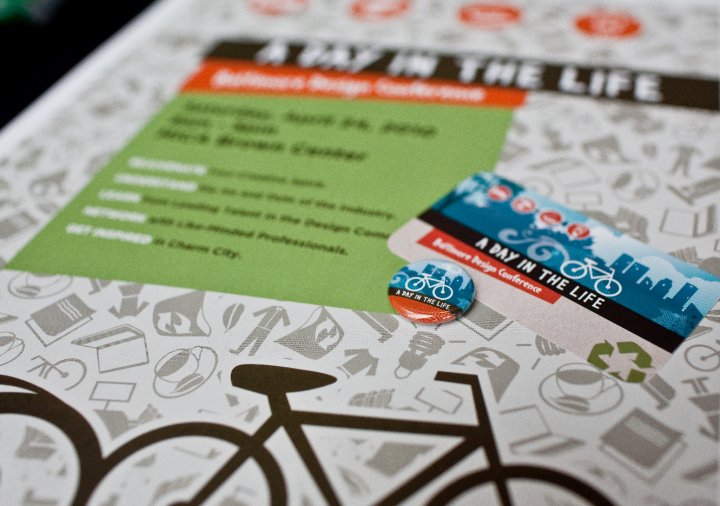Recently, I listened to an online interview between Carlos Castellanos who maintains a blog on becoming a success as an artist called “Drawn By Success” and Mark Simon who is a reputed animator.
The interview was great and connected me (and perhaps you) with what should be understood as the gospel about how we get hired for jobs either freelance or long term. Feel free to listen to the interview here (one hour long)
#1. ” We Hire People We Know And Trust”.
Just today I came from a project meeting where my name was passed back and forth through some friends of mine who know my work. Equally important these peple know and understand the work that I do and trust the way that I’ve done it. Hence, I met two people with active projects and whether I get the work (I won’t call it irrelevant) but it’s a shot on goal to borrow a soccer term. Being considered for good work is what it’s all about.
One of the amazing things about the hiring process when it comes to CEOs, actors, baseball players (managers for that matter) and something random, like chefs, increasingly we find that who gets hired is the people who is a known quantity—even if she isn’t the best—she is someone we can rely on.
Think about that. Do people patronize McDonald’s because it’s the best? It’s perhaps the one restaurant you might expect to be most similar in Baltimore as it is in Beijing. Don’t discount the importance of your network in connecting you to who needs work and the messy business of making sure people know you.
2. “If We Can’t Hire Someone We Know And Trust, We Ask Someone We Know And Trust.”
Perhaps you’ve gotten this email—I sure have: Looking for a “blah, blah, blah” with experience as a “such and such” with managerial experience. If you’ve gotten that email, and can replay with someone who is a fit, odds are that the person will be top-of list. My true story had me looking for an IT department head who has run a department of 50 people. Well no takers there, but certainly you want your contacts to have an idea of what you do so that a possibility like this can be connected. This means regularly communicating about your work proactively however you do it.
#3. “If neither of the first two work, I Look For Portfolios and Samples of People That I Kept.”
Well, let’s say you’re not that well-connected and your peeps don’t know what you’re up to, then you’ve got to bring the hammer down on putting work in front of the people in position to hire. And note that the key here was to do work that is worthy of keeping, so don’t ease up here. Show work your proud of and work you think won’t hit the circular file.
#4. “Next I go on online portfolios…”
AIGA’ers know about Behance and hopefully you’re either using that or some method of having your work be available at a glance. Let’s face it if someone wants to see our stuff, it’s gotta be there. They want to know whether you are as the English say “chalk or cheese” just to begin with. The conversation seriously begins there.
So, the work has to be hot. It needs to represent your competency and your passion tot he point where these people feel comfortable giving you a call. So keep pruning and growing that portfolio.
I had a neighbor who had an amazing garden. Instead of wishing I could do what she did I just studied for a while and realized that the lady was out there for about an hour every morning each day maintaining her garden. When I can adopt that level of care for my projects, perhaps I won’t have to worry about what I need to do to make my project better. The same goes for the portfolio.
#5. “If none of those work, I post a job … and I’ve never posted a job”.
Mark Simon has never posted a job. He maintains every hire he’s made—freelance or full-time—has been the result of the first 4 steps on the depth chart. the last step, he insists, is flooded with people, so just by the numbers one’s chances of getting work are lowered even if the skill is higher.
It’s shades of the Pareto Principle which maintains that 20% of people get 80% of the work. Conversely, the 80% are breaking their neck for the 20% of projects that actually go to posted projects because they avoid the work to distinguish themselves ahead of the uber-competitive marketplace of $20 logo designs and unlimited revisions or jobs that don’t value the designer’s role in an increasingly designer-centric economy.
“Being a starving artist is for lazy people,” Mark Simon says. So let’s use what he’s saying to go out there snag those better opportunities for our work.








